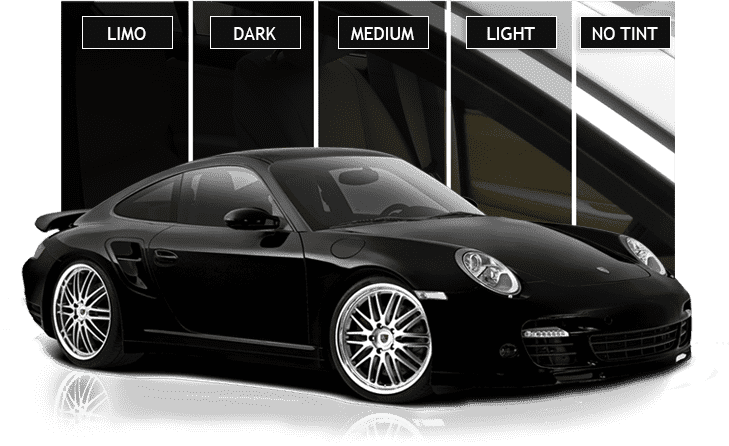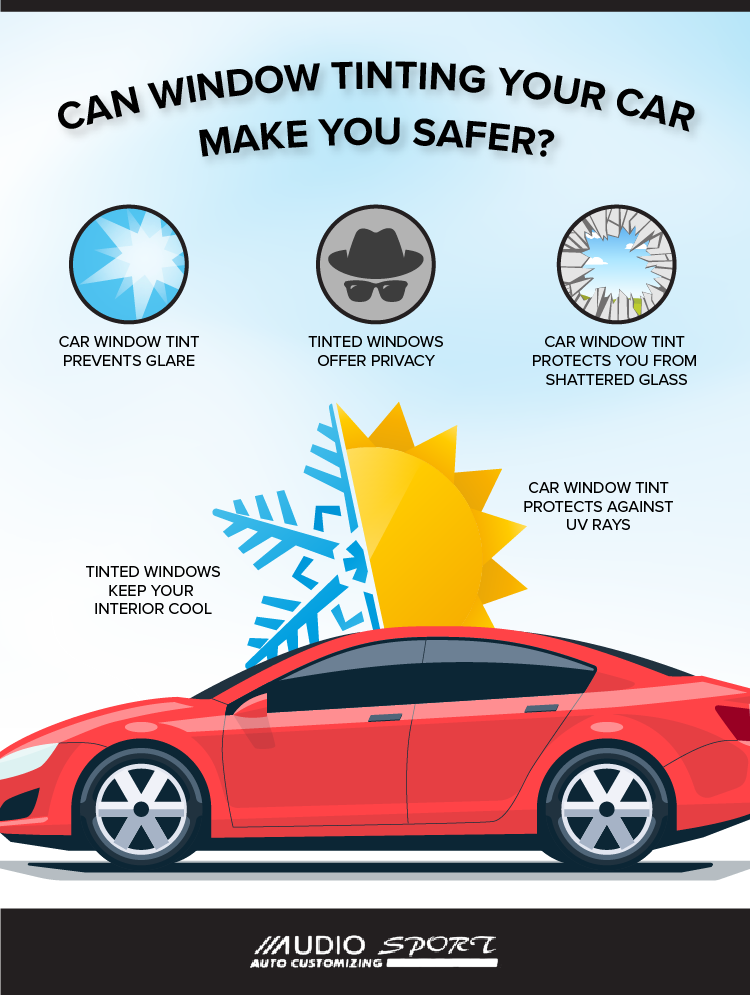Home Window Tinting Rules: What You Required to Know Prior To Tinting Your Car
Comprehending home window tinting laws is crucial for any vehicle proprietor taking into consideration tinting their car. Regulations differ substantially from state to state, establishing certain limitations for Visible Light Transmission (VLT) percentages, especially for front-side windows and windscreens. Failure to adhere to these regulations can result in fines, the need to get rid of the color, and complications with insurance coverage. As you ponder improving your automobile's look and capability, it is important to grasp not only the legal implications but additionally the functional considerations that feature choosing the best color. What elements should you focus on in your decision-making procedure?
Significance of Understanding Color Laws
Comprehending window tinting regulations is important for automobile proprietors to make certain conformity with state laws. These legislations determine the permitted levels of tint darkness and reflectivity, which can substantially differ from one territory to another. Stopping working to adhere to these guidelines can lead to fines, mandatory removal of the tint, and possible issues during car examinations.
In addition, understanding these regulations assists lorry owners make notified decisions regarding their tinting options. Various kinds of home window movies give various advantages, such as UV security, heat denial, and glow decrease. Without expertise of the legal limitations, lorry owners risk choosing items that might ultimately lead to legal problems.
Furthermore, recognition of tinting regulations promotes a more secure driving environment. window tinting. Excessively dark tints can hinder visibility, increasing the danger of accidents, especially in the evening or in unfavorable climate condition. Regulation enforcement firms additionally use these regulations to ensure road safety and security, making conformity not simply a lawful responsibility however a personal responsibility
State-Specific Tint Laws
Each state in the U.S. has developed its own certain regulations pertaining to home window tinting, mirroring a varied array of requirements and demands. These laws can vary dramatically, impacting just how automobile owners approach setup and compliance. As an example, some states permit darker tints on back home windows while imposing rigorous restrictions on front-side home windows.
Furthermore, laws frequently specify allowed tint products and shades. Certain states forbid reflective colors altogether, while others might allow them to a restricted level. Some territories mandate that lorries with colored home windows display a sticker suggesting conformity with state regulations, giving a clear recognition for regulation enforcement.
Enforcement of these regulations likewise varies; some states are much more aggressive, carrying out random checks, while others depend on issues or noticeable infractions to initiate enforcement. Vehicle proprietors must realize that failing to adhere to state-specific tint laws can cause penalties, obligatory elimination of prohibited colors, or both.

Lawful Tint Percentages
Establishing the legal tint portions is crucial for automobile proprietors seeking to follow state regulations. Each state has certain laws governing exactly how much light needs to go through the home windows of a lorry, which is revealed as a percentage known as Noticeable Light Transmission (VLT) This percentage differs dramatically throughout states and can depend on the kind of home window-- front side, back side, and windshield.
For instance, some states permit as low as 20% VLT on front side windows, while others may allow up to 50%. Windshield tinting is usually more restricted, with numerous jurisdictions enabling only a slim band of color at the top of the windshield. In comparison, rear windows normally have extra lenient policies, with some states permitting darker tints.
It is important for automobile proprietors to acquaint themselves check my reference with their neighborhood regulations to stay clear of potential lawful concerns. This consists of understanding how VLT is determined, as it can vary based upon the sort of window film utilized. Staying notified about these regulations makes sure conformity and promotes secure driving conditions for both the car proprietor and others when driving.
Consequences of Non-Compliance
Stopping working to stick to window tinting regulations can result in considerable effects for lorry proprietors. The most instant repercussion is the capacity for web traffic stops and citations from law enforcement. Officers trained to recognize illegal color degrees might issue fines, which can differ by jurisdiction however often range from moderate to considerable quantities. Repetitive offenses may lead to boosted penalties, including higher fines or additional points on a chauffeur's license.

Insurer might likewise enforce charges for non-compliance, as prohibited alterations can be deemed a breach of policy terms. If an incident takes place., this might influence insurance coverage prices or lead to problems in claims.
Ultimately, the repercussions of non-compliance expand past prompt punitive damages; they can impact a chauffeur's insurance policy prices, lawful standing, and overall lorry value, highlighting the value of sticking to regional window tinting regulations.
Tips for Choosing Tinting Options
When choosing home window tinting options,Comprehending the effects of non-compliance highlights the importance of making notified selections. Acquaint yourself with your state's specific legislations pertaining to tint darkness and reflectivity. Each state has distinct guidelines that dictate the allowable limitations, so ensure you remain within these guidelines to stay clear of fines.
Second of all, take into consideration the kind of color material. Alternatives include colored, metalized, and ceramic colors, each offering differing levels of warmth being rejected, UV security, and durability. For circumstances, ceramic colors provide superior warm resistance without conflicting with electronic devices, making them a preferred option.
In addition, examine your key purpose for tinting. If you look for enhanced personal privacy, choose for darker tints; nevertheless, keep in mind that this may impact presence during the night. On the other hand, if glare decrease and UV protection are your major issues, lighter tints may be sufficient.
Finally, talk to an expert installer that is knowledgeable concerning local policies and can advise high-quality materials suited to your demands (window tinting). Taking these weblink factors right into account will ensure you make an educated choice, eventually enhancing both your car's visual appeals and functionality
Final Thought
In final thought, familiarity with window tinting laws is important before using color to a lorry. Each state enforces particular guidelines pertaining to noticeable light transmission percents, specifically for front-side home windows and windshields. Non-compliance can result in considerable penalties, consisting of penalties and compulsory removal of non-conforming color. By recognizing legal needs and selecting suitable color products, car proprietors can accomplish visual improvement while remaining certified with pertinent regulations. Adherence to these guidelines makes certain both safety and security and contentment.
Comprehending home window tinting laws is vital for any vehicle owner considering tinting their vehicle.Recognizing window tinting legislations is crucial for car proprietors to make sure compliance with state laws. Some states enable darker colors on rear home windows while enforcing rigorous limits on front-side home windows.
In comparison, back home windows usually have more tolerant policies, with some states permitting darker tints. (window tinting)
In verdict, experience with home window tinting regulations is crucial prior to using tint to a car.